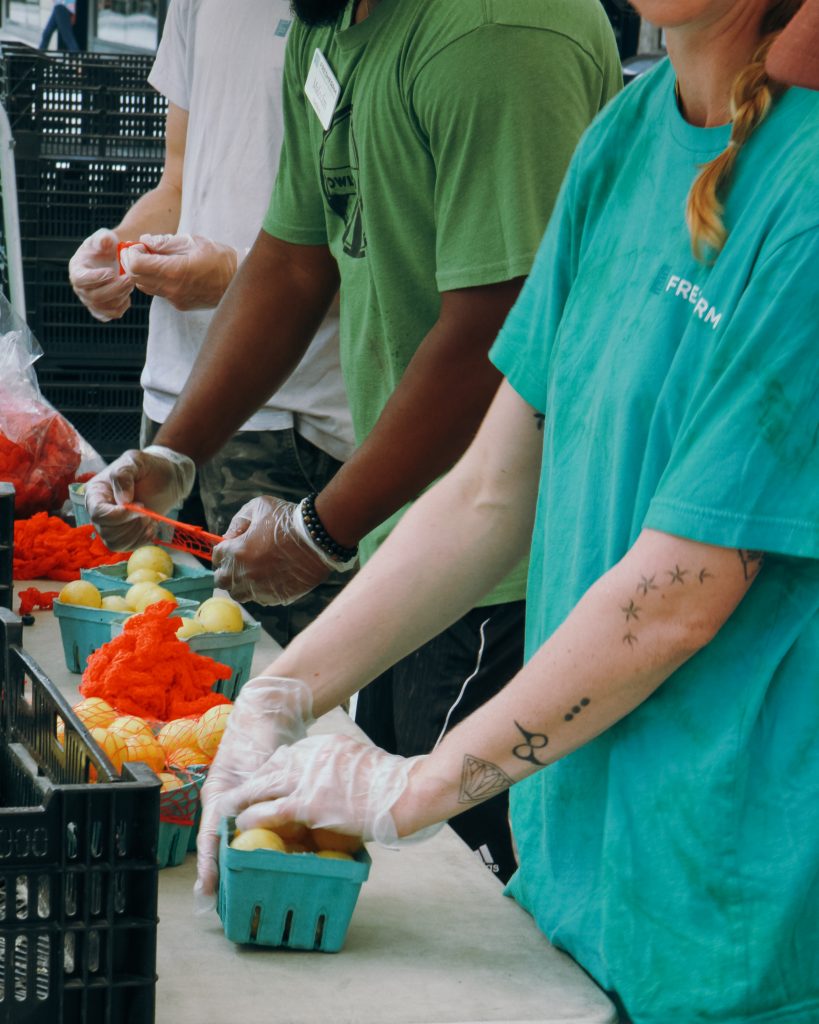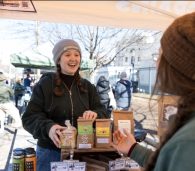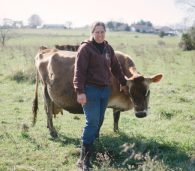Revolutionizing Access to Fresh Produce: A 2023 Case Study of FRESHFARM’s Pop-up Food Hub

In the heart of Washington DC, an innovative approach to enhancing access to local, nutritious foods is taking root. Since 2016, FRESHFARM has been developing and refining a low-infrastructure model – the Pop-up Food Hub – aimed at connecting local farmers with communities that have historically faced barriers in accessing fresh, healthy produce. We are thrilled to share The FRESHFARM Pop-Up Food Hub: A Case Study, outlining how the Food Hub works, our triumphs, and lessons learned, plus a workbook for those interested in implementing a similar model elsewhere.
What is the Pop-Up Food Hub?
 At its core, the Pop-Up Food Hub operates on a simple yet transformative premise: bridging the gap between local farmers and community partners by leveraging our network of farmers markets in the Washington, DC Metro area. Inspired by a mesh network model, this model uses farmers markets as both distributors and aggregators of food.
At its core, the Pop-Up Food Hub operates on a simple yet transformative premise: bridging the gap between local farmers and community partners by leveraging our network of farmers markets in the Washington, DC Metro area. Inspired by a mesh network model, this model uses farmers markets as both distributors and aggregators of food.
The Pop-Up Food Hub maximizes farmers’ revenue at markets by meeting them where they—at weekly farmers markets—providing farmers with wholesale outlets while meeting the unmet demand for fresh, local produce in underserved areas. By sourcing and sorting produce at farmers markets and directly delivering it to wholesale customers, the Pop-up Food Hub extends a critical last-mile service. This service reaches community partners and individuals who otherwise might not have easy access to fresh, locally sourced fruits and vegetables.
This innovative approach not only supports local farmers but also addresses inequalities in access to nutritious foods in underserved communities. It’s a testament to the power of collaboration between farmers, markets, and community organizations, forging stronger connections to nourish both the land and the people.
Case Study Highlights: Farmers Markets, Food Hub, Food Systems and more!
- What is a food hub, what is a pop-up food hub, and which model is best for you;
- How this model benefits farmers, community members, and the local food system; and
- A workbook with detailed questions about what questions to consider, what conversations to have, and how to approach building your own pop-up food hub.
Empowering Others: A Workbook for Similar Initiatives
The success of the FRESHFARM Pop-Up Food Hub shows how a decentralized, low-infrastructure food distribution model can create a more resilient food system by distributing risk, supporting local economies, enhancing sustainability, and fostering community resilience.
What’s more, there is nothing about the Pop-Up Food Hub specific to the Mid-Atlantic region; FRESHFARM believes this model can be replicated in other places and can easily be scaled up or down. As the demand for local food in a particular area or under a particular environmental condition grows, more farmers can join the network, and existing farmers can expand their operations.
The 2023 Case Study includes a preliminary workbook for other organizations aspiring to replicate or adapt this food hub model. Let’s revolutionize access to fresh produce, one community at a time!


